Terryville’s Dorence Nightengale
Dorence Atwater Monument, Plymouth
Like most people, I had never heard of Dorence Atwater. In fact, I would have guessed that Dorence was a woman. Like a mixture of Dorothy and Florence… Dorence.
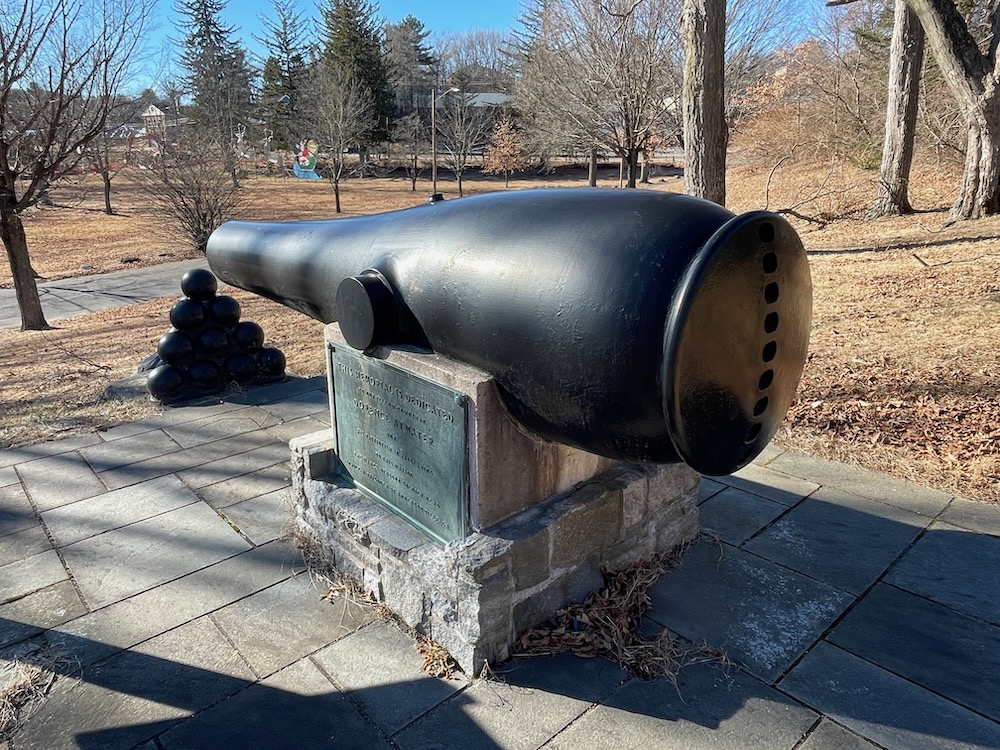
Well, Dorence was not a woman. He was Plymouth’s Civil War hero and in fact, is featured in several Civil War museums for his contributions to the Union Army’s effort and to history in general. The National Museum of Civil War Medicine features his story, calling it “incredible.” The Clara Barton Missing Soldiers Office Museum has a three-part series on Atwater on its website. The guy went through hell and back, was rescued by the famous Barton (founder of the Red Cross), and wound up marrying a Tahitian princess.
His memorial in Connecticut is spread out across a small hill in Baldwin Park in the Terryville section of Plymouth.
So who was this guy?
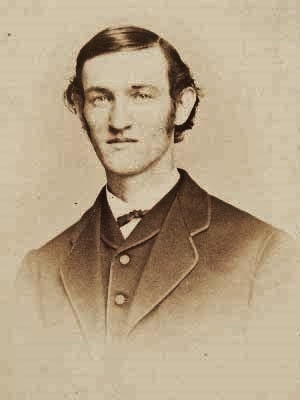
Dorence Atwater (CT State Library photo)
In 1861, Atwater enlisted in the Union Army at the age of 16 and was captured in 1863 and first sent to the outdoor Belle Isle Prison, near Richmond, VA which featured raw sewage ponds and searing heat. He was shipped to an indoor Rebel prison for a short while before going south to the notorious Confederate prisoner of war camp at Andersonville, Georgia in February, 1864.
This place was horrible, with its total lack of shelter, starvation rations of unfit food, and water supply contaminated by garbage and feces. Atwater was noticed here for his fine penmanship and his pre-war clerking experience won him a job keeping records.
While there, he was concerned that the identities of the dead prisoners would not be provided to their families, so he secretly kept a list of the 13,000 Union soldiers who died in captivity. When he was released from Andersonville, he smuggled out his list – twice from two different prisons. In all, Atwater survived four separate Confederate prisons, contracting numerous diseases and losing roughly half of his body weight in the process. This was partly due to him being so young and fit at the outset I would guess.
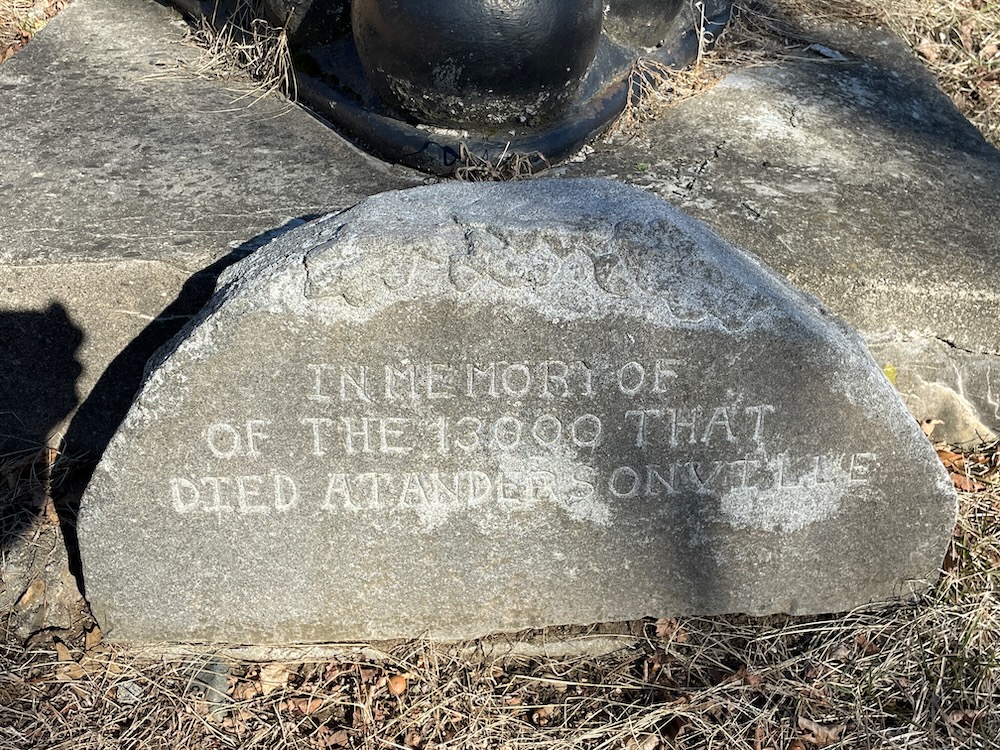
Dorence Atwater (CT State Library photo)
Atwater wanted his Death List published and all sorts of political maneuvering went on around him and his list. He didn’t want it falling into the wrong hands, so he hid it – which earned him an 18 month sentence from his own government in New York. My man barely survived Confederate prisons, risked his life multiple times for the Union, and was thrown in federal prison for it.
Where he would have surely died if not for Clara Barton.
Barton set on freeing Atwater, calling in favors and working her connections – especially sympathetic newspaper editors. It took her two months to get Atwater freed under a general pardon by President Johnson. He returned to DC, to Clara Barton, and to the work of paroled and missing men. He published his Death Register and began touring doing lectures with the far more popular Barton.
For some reason, Atwater was accused of being a deserter and of making up his stories about the horrid conditions at Andersonville. Even Civil War veterans in Terryville opposed any memorial to him later on.
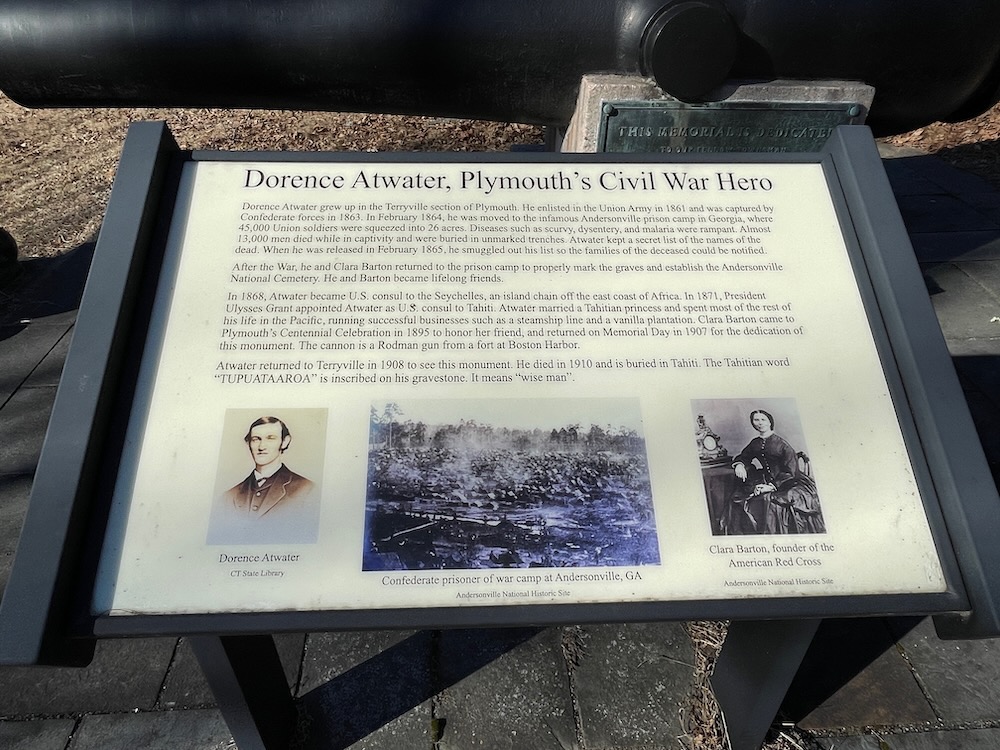
After this tortured life, he was rewarded by being named the American consul to the Seychelle Islands, later became ambassador to Tahiti, and married a Polynesian princess, Moetia Salmon. He became a successful businessman, owning a shipping line, a pearl business, and a vanilla bean plantation. He was also friends with Robert Louis Stevenson, who used Atwater for a character in one of his books, The Ebb-Tide, which took place in Tahiti. In the book, the character of “Attwater” is a successful pearl trader, a business that Dorence Atwater was also in.
On Memorial Day, 1907, the monument, consisting of a plaque and cannon, was dedicated, with Clara Barton in attendance. Atwater returned to Terryville in 1908 to see the monument.
Dorence and Moetia traveled to San Francisco in the early 1900s, and there Dorence died in 1910 to what was likely a heart attack while under the care of a doctor. He wished to be buried in Tahiti, having expressed that he certainly didn’t want to be buried in the United States. His body was embalmed and put on a ship headed home. Dorence Atwater was the first non-royal Tahitian to receive a Tahitian royal funeral; he is buried in Tahiti.
Portions above from The Clara Barton Missing Soldiers Office Museum and The National Museum of Civil War Medicine.
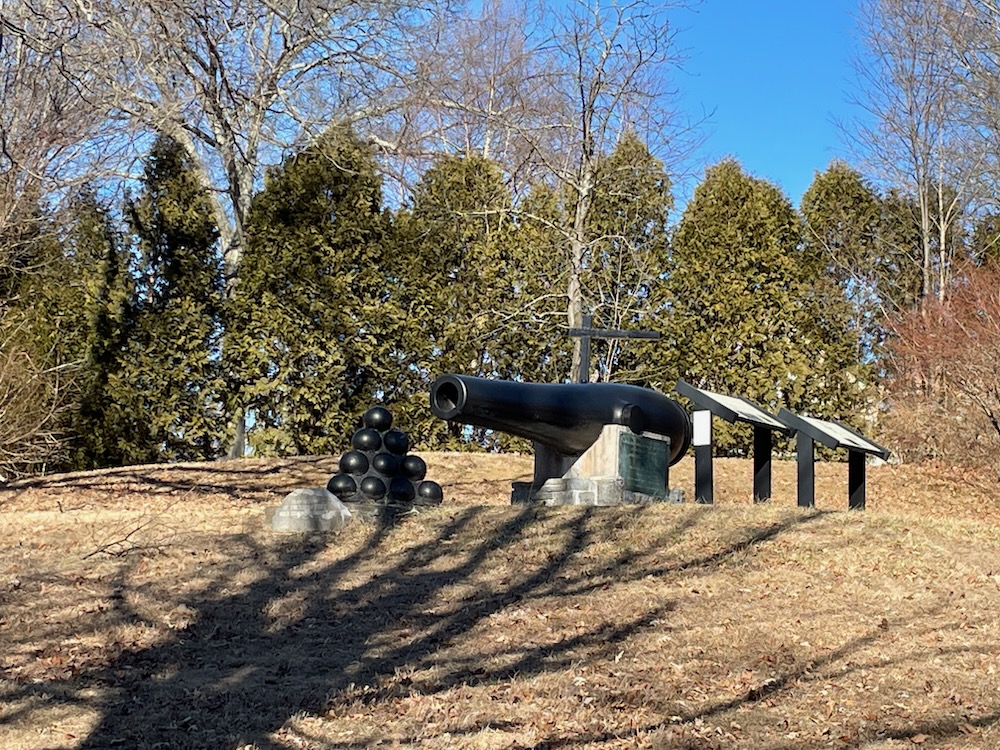
![]()
CTMQ’s Statuary, Memorials, Monuments, & Plaques
Plymouth Historical Society

 Bob Melusky says
Bob Melusky says
September 4, 2024 at 3:04 pmGasp. What a story.